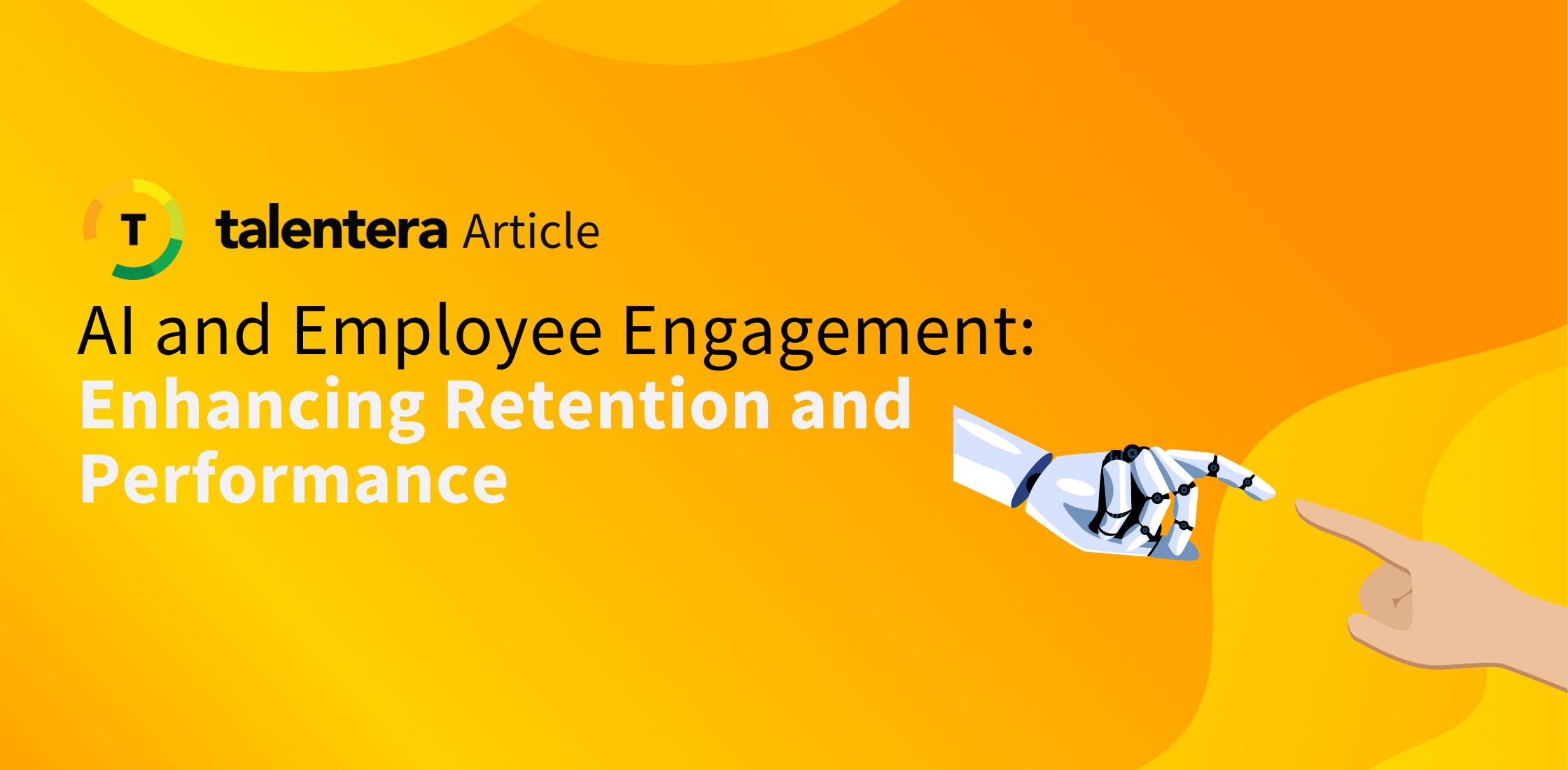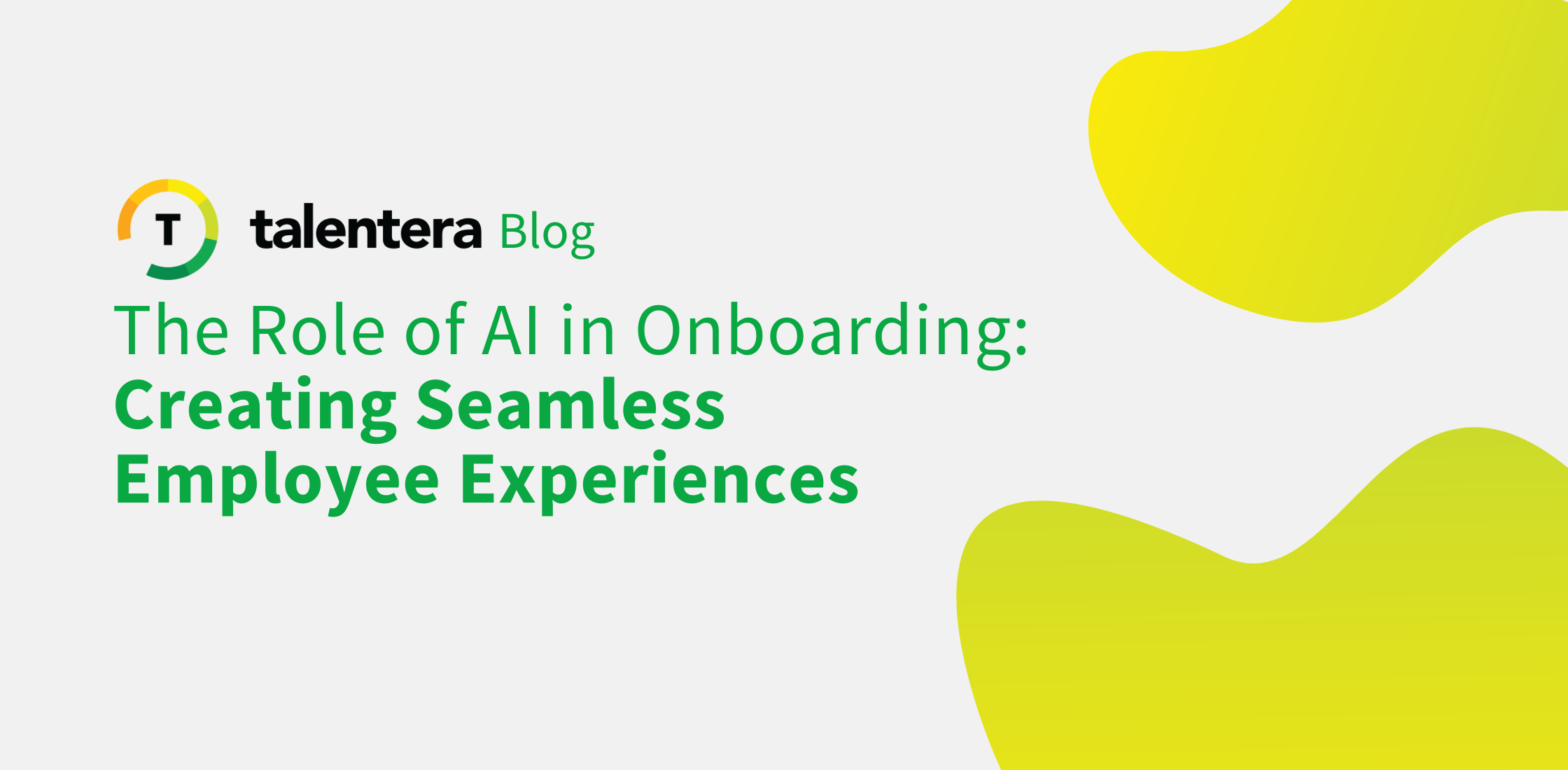
There are many steps involved in building a functional HR budget and if you rush the process or don’t perform sufficient research beforehand, you risk skipping some very crucial steps. To create a well-rounded budget, the first thing you need to do is assess your current needs and processes and this should never be rushed. To build a solid base for your upcoming hiring budget, make sure to take the time out to find specific numbers for the following.
1. The Number of Hires Made During The Past Year
This figure can be different if you work for a startup, SME or enterprise as startups tend to hire on a rolling basis which makes hiring goals vary significantly from quarter to quarter. Enterprises, on the other hand, have more structure in their recruitment needs and deadlines. Whatever the case may be, by getting an exact count of the goals that you were tasked with in the previous year can give you a decent idea of how to set expectations for the coming one. By using quantified assumptions on the organization’s expansion and expected departmental growth, you can reach a fairly accurate predictive figure of both the number and career level of people you will need to take onboard.
2. The Strength of Your Recruiting Team
Although an easy number to track, it becomes particularly important in budgeting because the cost of a hiring tool or software can change depending on the number of users logging into the system. In case your organization uses an unlimited access platform, this number still remains important because the more users you have on the system, the lower it will cost you per user compared to what it would if you choose a tool that charges per seat. Another place where this number becomes important is where you require your recruiting tool to create transparency at multiple levels. This allows managers to swiftly identify roadblocks, keep an eye on recruiter performance and identify which ones are the most effective. If your recruiter team is small, these features are not as strongly needed and therefore you can skip paying for them.
3. Your Organization’s Current Workforce Strength
If your recruitment is contingent on the number of people working at your organization, knowing this number becomes crucial. For instance, if your company relies heavily on employee referrals or internal hiring to fill vacancies, being aware of the number of potential contributors to this talent sourcing stream will help you set your goals for the coming year. Likewise, if your recruitment efforts are centered around social recruiting, your workforce strength can be monumental in bolstering your recruitment efforts, especially if you use automation to source talent. Having this number will ease calculations and will help you figure out whether a particular tool will be effective given the number of employees your organization has and whether or not its services are worth buying.
4. Your Hiring Velocity
It is important to know how long it takes in your organization to successfully find a candidate with a certain skill level. Knowing what ranks where in terms of priority will help you optimize the time and resources you spend on looking for top talent which will improve hiring velocity and cut time-to-hire. For instance, some companies value certain skills or personality types in a candidate whereas others value employees that follow formalized rules and excel at technical capabilities. Since knowing the requirements is key to selling a job to a great candidate, this makes for crucial information. How does this tie into the hiring budget? Keep in mind that your budget will ultimately rely on how much time and resources your recruiters spend on reaching potential employees and hence it becomes a direct contributor.
5. The Tools Your Organization Currently Works With
It is always a good idea to evaluate how well your current processes meet your expectations. If you have a talent management system that leaves you hoping for more, you should aim for getting a software upgrade or even a switch in the coming year and note the finances involved. Similarly, if your team is not very adept at using big data or doesn’t rely on metrics, although it most definitely should, perhaps it’s best to stick to the recruiting basics for the start of the coming year without investing too much in large, complicated systems that will add unnecessary quantitative chaos.
Finals Thoughts
With 2018 right around the corner, it’s time you start building a checklist of things that are required to devise a sustainable hiring budget. Data-driven forecasting will be your best bet in developing a budget that both wins your management’s approval and voluntary acceptance across your recruitment team and although achieving that sweet spot is difficult, you now know how to get there.






